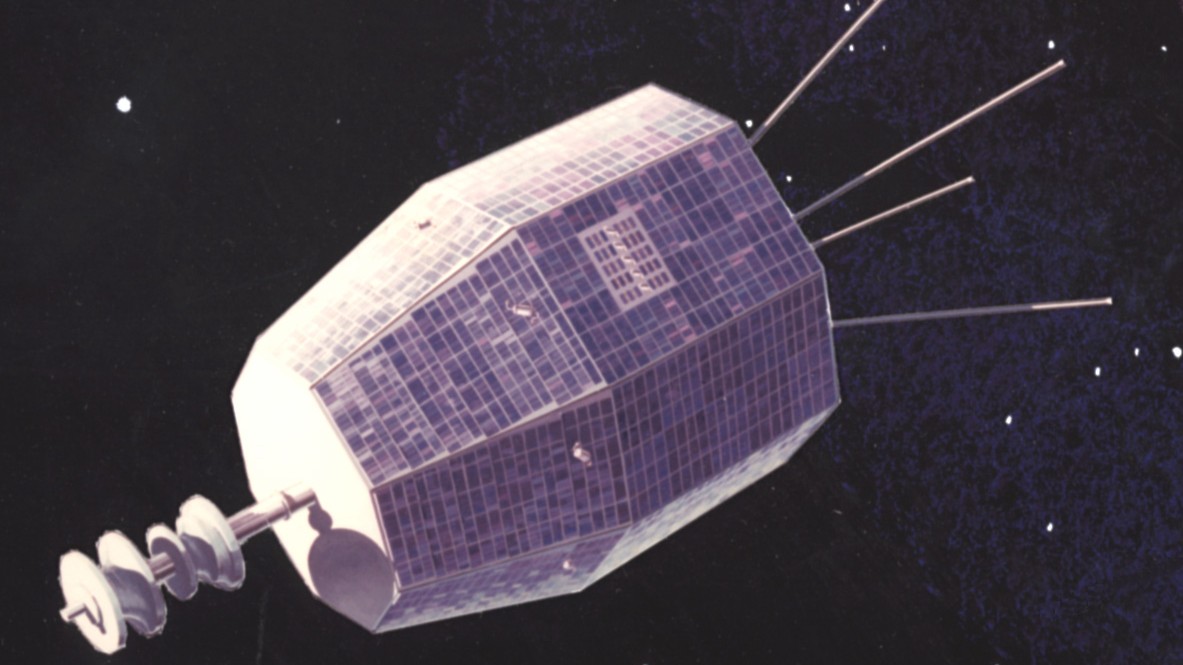
Zombie NASA satellite emits powerful radio pulse after 60 years of silence
How did your country report this? Share your view in the comments.
Diverging Reports Breakdown
Zombie NASA satellite emits powerful radio pulse after 60 years of silence
Relay 2 blasted off in 1964, but the communication satellite went offline in 1967. Almost 60 years later, in June 2024, the satellite produced an unexpected signal. The pulse lasted just 30 nanoseconds, which doesn’t match any of the dead satellite’s systems. Instead, the researchers think that either a micrometeorite impact or a buildup of electricity triggered the burst of radio waves.”This was an incredibly powerful radio pulse that vastly outshone everything else in the sky for a very short amount of time,” study lead author Clancy James said in a preprint study posted to the arXiv.. The research is a good launchpad for future investigations of electrostatic discharge from satellites, a professor of space science and technology at the University of Bristol in the U.K. said. “In a world where there is a lot of space debris and there are more small, low-cost satellites with limited electrostatic discharges,” she said.
Relay 2 blasted off in 1964, but the communication satellite went offline in 1967 after its two onboard transponders failed. Almost 60 years later, in June 2024, the satellite produced an unexpected signal, the researchers said in a new preprint study, which was posted June 13 to the server arXiv and has not yet been peer reviewed.
“This was an incredibly powerful radio pulse that vastly outshone everything else in the sky for a very short amount of time,” study lead author Clancy James , an associate professor at Curtin University’s Institute of Radio Astronomy in Australia, told New Scientist .
The pulse lasted just 30 nanoseconds, which doesn’t match any of the dead satellite’s systems — ruling out the possibility of a deliberate transmission, according to the preprint. Instead, James and his colleagues think that either a micrometeorite impact or a buildup of electricity triggered the burst of radio waves.
The researchers detected the strange pulse while scanning the sky for radio bursts with the Australian Square Kilometer Array Pathfinder (ASKAP) — a radio telescope in Western Australia comprising 36 identical dish antennae. Radio bursts are intense blasts of radio waves that can unleash as much energy within a fraction of a second as the sun emits in three days. They usually come from distant galaxies, and in particular from rare, massive galaxies, according to a 2024 Nature article .
But the signal James and his colleagues intercepted in June 2024 did not come from a far-flung galaxy; it originated in the Milky Way . The pulse started so close to Earth that ASKAP couldn’t focus on it, in the same way that a phone camera sometimes struggles to focus on nearby objects.
Related: Can we refuel ‘dead’ satellites in space? Bold new missions aim to try.
Sign up for the Live Science daily newsletter now Get the world’s most fascinating discoveries delivered straight to your inbox. Contact me with news and offers from other Future brands Receive email from us on behalf of our trusted partners or sponsors
“We got all excited, thinking maybe we’d discovered a new pulsar or some other object,” James told New Scientist.
However, when the researchers traced the origin of the radio pulse, they determined that Relay 2 was the only plausible source. Having ruled out the possibility that the pulse came from systems onboard the satellite, the team suggested two alternative events that could have created such a burst.
First, the satellite may have been hit by a micrometeorite, the researchers said in the preprint. Impacts may generate clouds of plasma that can increase the conductivity of the space environment or create an electric field on the surface of a spacecraft. “Micrometeoroid impacts can also produce direct radio-frequency emission,” the team wrote.
But a more likely scenario is that the radio burst originated from an electrostatic discharge event on Relay 2, the researchers said. Electrostatic discharge (ESD) occurs when there is a sudden flow of electricity between two nearby surfaces or materials on a spacecraft that have different electric charges.
“As a very early spacecraft, Relay 2 may have been constructed from materials […] capable of holding greater charge and hence producing stronger ESD events,” the researchers wrote. “It has long been known that ESD causes radio frequency pulses,” they added.
Either scenario is possible, but it would be very difficult to establish which one applied in this case, Karen Aplin , a professor of space science and technology at the University of Bristol in the U.K. who was not involved in the study, told New Scientist. That’s because the signals produced by both would look so similar, she said.
But the research is a good launchpad for future investigations of electrostatic discharge from satellites, Aplin said. “In a world where there is a lot of space debris and there are more small, low-cost satellites with limited protection from electrostatic discharges, this radio detection may ultimately offer a new technique to evaluate electrostatic discharges in space,” she said.
